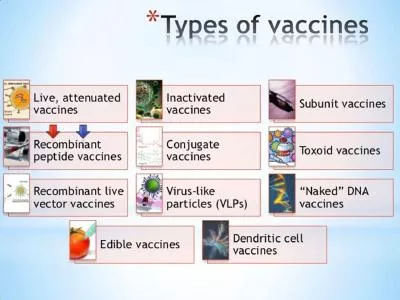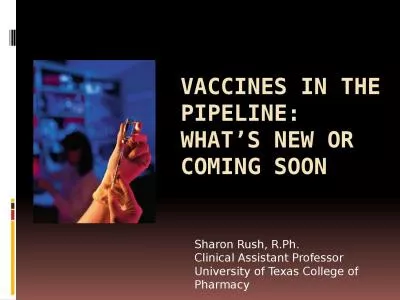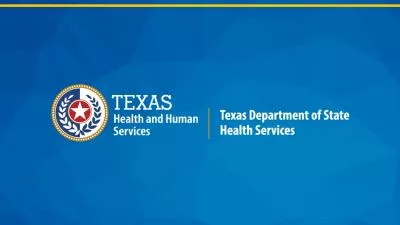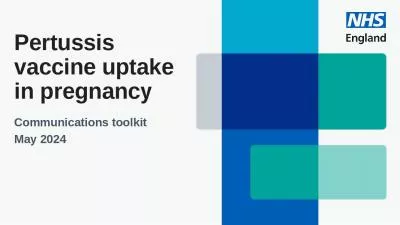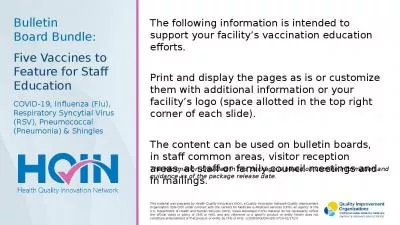PDF-Childhood Whooping Cough Vaccine Protects Most Children For At Least years The results
Author : yoshiko-marsland | Published Date : 2014-10-29
Overall DTaP vaccination is effective for between 8 and 9 out of every 10 childr en who receive it which is similar to the levels found in clinical trials done before
Presentation Embed Code
Download Presentation
Download Presentation The PPT/PDF document "Childhood Whooping Cough Vaccine Protect..." is the property of its rightful owner. Permission is granted to download and print the materials on this website for personal, non-commercial use only, and to display it on your personal computer provided you do not modify the materials and that you retain all copyright notices contained in the materials. By downloading content from our website, you accept the terms of this agreement.
Childhood Whooping Cough Vaccine Protects Most Children For At Least years The results: Transcript
Download Rules Of Document
"Childhood Whooping Cough Vaccine Protects Most Children For At Least years The results"The content belongs to its owner. You may download and print it for personal use, without modification, and keep all copyright notices. By downloading, you agree to these terms.
Related Documents

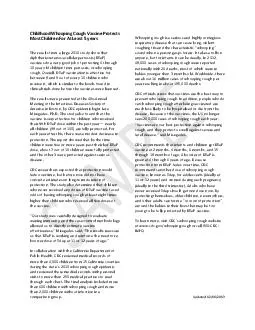
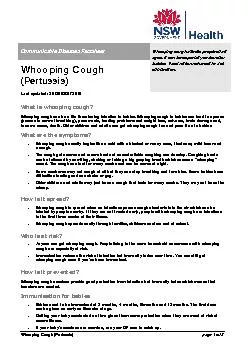
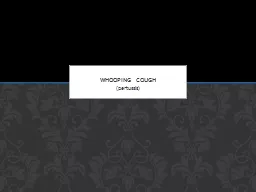
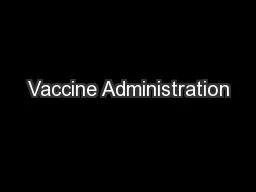
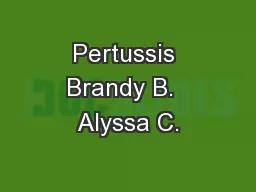
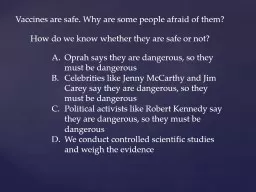
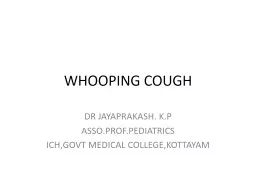
![Welcome To The About Me [Introduce yourself]](https://thumbs.docslides.com/914021/welcome-to-the-about-me-introduce-yourself.jpg)

